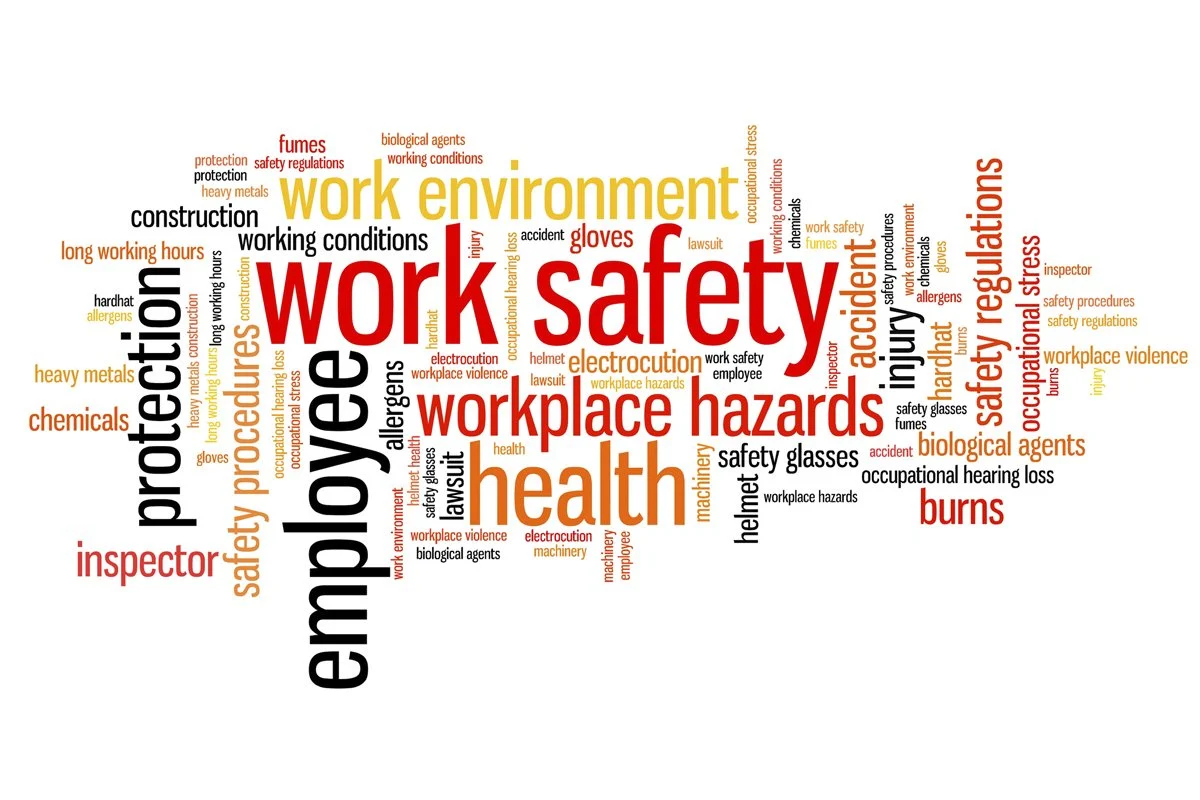Health is one of the most important factors for employees to care for. Overworking oneself can cause both physical and mental fatigue, which doesn’t even account the myriad of health risks that some jobs pose, such as firefighting, working in industrial manufacturing plants, or even in offices.
While employers are responsible for an employee’s health and safety at work, what do these responsibilities consist of, and how are these responsibilities communicated to the employee?
According to the Institution of Occupational Safety and Health (IOSH), an employee’s health and safety requires both the employer and the employee to work together.
For example, the IOSH Safety for Executives and Directors provides line managers and leaders with guidance on how to manage health and safety, and the IOSH Working Safety training programme helps employees understand their role in it as well.
What Are Employers Required to Do?
An employer is required to provide employees with all the safety equipment, training, and other provisions required to protect themselves when conducting work. For example, while fire wardens conduct fire risk assessments, employers are responsible for ensuring that fire safety procedures are well managed and employees are trained.
The Role of Human Resources
The Human Resources (HR) department acts as a channel between the employee and the employer. They have to act in the best interests of both parties and ensure that neither is exploited or treated unfairly.
- Ensure Risk Assessments are Carried Out
If managers and directors are not trained to conduct risk assessments, they are responsible for ensuring that they hire personnel with proper training to do so. Identifying safe hazards and risks is the first step in protecting employees from harm and unnecessary risk.
- Provide Employees with a Channel to Communicate About their Health and Safety
Employers cannot directly ask an employee or a candidate looking for employment about any medical or mental health conditions they might have.
As per the Equality Act 2010, employers cannot discriminate against employees or candidates based on mental health or physical disability. Discrimination based on gender, disability, and age are among the most common complaints in employee tribunals in the UK, with nearly 200,000 cases per year.
However, employers need to provide their workers with a channel to ensure they can relay their concerns and consult about their health and safety should the need arise.
- Hire Qualified Personnel
If employers are hiring someone from outside the organisation, such as contractors for projects, it is their responsibility to conduct proper research and make sure the contractor can perform the tasks effectively.
- Create Proper Written Documentation and Policies
Having work policies in writing is a legal requirement not just in health and safety, but also in general. Any workplace that has more than five employees needs the necessary paperwork drafted and ready so they can effectively communicate these policies to their employees.
Employers also have to make sure that employees can access these policies, and are informed of any changes should they be necessary.
- Provide Approved Health and Safety Information Where Necessary
From leaflets of information to having the proper signage, workers need to be informed of any health and safety risks. If an employer is careless about providing proper information, accidents at the workplace can have the employer liable for damages under if providing information could have prevented the accident.
- Provide Personal Protect Equipment (PPE) and Other Safety Necessities
Employers have to provide workers with the proper equipment to minimise risk when conducting work. This ranges from certifying building codes, such as safety railings, to providing medical equipment and first aid. This varies based on the nature of the job required.
Having these safety procedures in place makes sure that unnecessary accidents, such as slips or falls from heights, do not occur. Slips and falls are among the most common accidents in UK workplaces. Slips alone can result in £512 million annual losses with £133 million in medical costs, according to the Health and Safety Executive (HSE).
- Ensure Regular Inspections of Safety Equipment and Processes are Conducted
Providing safety equipment also requires that the equipment is kept up to date and regularly maintained. Employers have to ensure that regular risk assessments, maintenance, and inspections are carried out to protect their employees.
- Provide Proper Safety Training to Staff
All the workers need to understand the health and safety policies, procedures, and usage of equipment. Employers need to provide adequate training to both employees and even contractors when necessary. Providing proper information to contractors is also necessary.
Conclusion
All employees need to care for their health, though employers are responsible in providing facilitation to their workers to do so. Proper procedures, policies, safety equipment, facilities, and training is necessary to make it happen, and it the responsibility of the managers, leaders, and HR personnel to maintain worker health and safety.

